Salt, which is 40% sodium and 60% chloride, is an essential nutrient that we need to survive. The problem is, too much sodium may lead to high blood pressure, strokes and kidney disease. Right now the recommendation is that we only need 2,300 milligrams of sodium a day or no more than 1500 milligrams if you:
- Are over 50
- Are African-American
- Have high blood pressure, diabetes or chronic kidney disease.
In a measuring spoon …
Here’s what 2300 milligrams looks like — about one teaspoon of salt!
Keeping track of how much salt you’re taking in can be tricky because it’s often hidden in foods. You might think that an obvious way to reduce sodium is to stop using the salt shaker so much. Trouble is, foods that you may think are ok could be loaded with sodium.
10 foods that may hide sodium
1. Bread and rolls. One slice of bread may have more than 200 milligrams of sodium.
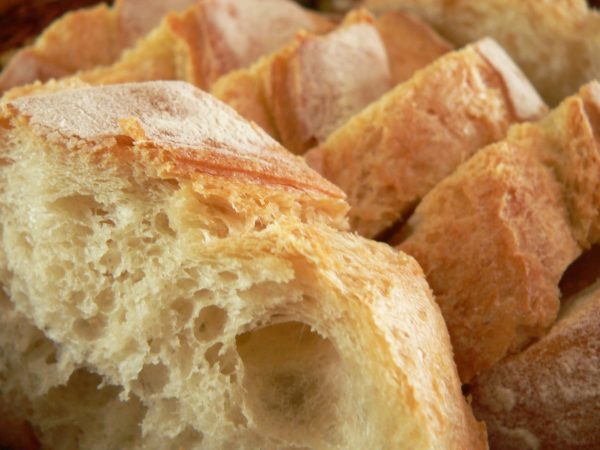
ResoneTIC / Pixabay
2. Cold cuts and cured meats. Deli or pre-packaged turkey can contain as much as 1,050 milligrams of sodium. Two slices of salami — more than 300.
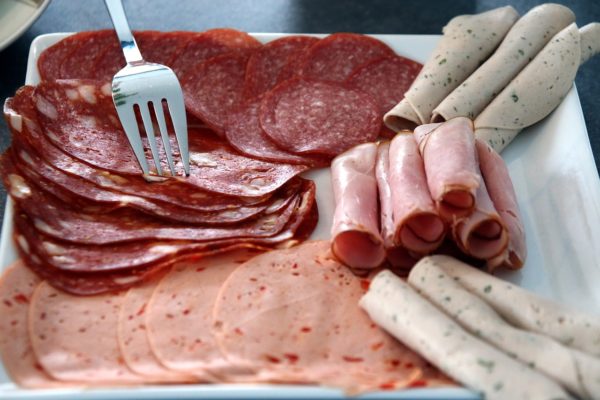
moerschy / Pixabay
3. Canned Soup. Some cans of chicken noodle soup contain 940 milligrams of sodium
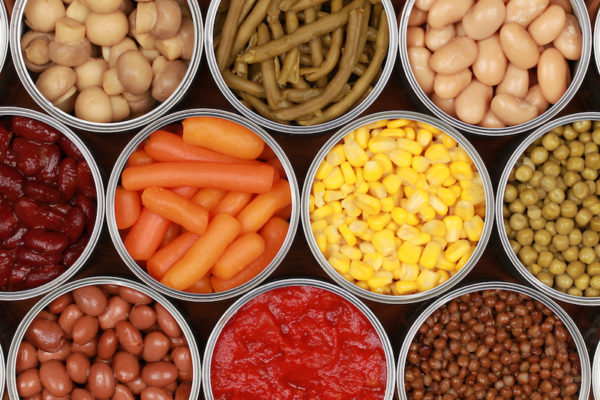
© Markus Mainka
5. Spaghetti Sauce. One-half a cup of spaghetti sauce may contain more than 500 milligrams of sodium.
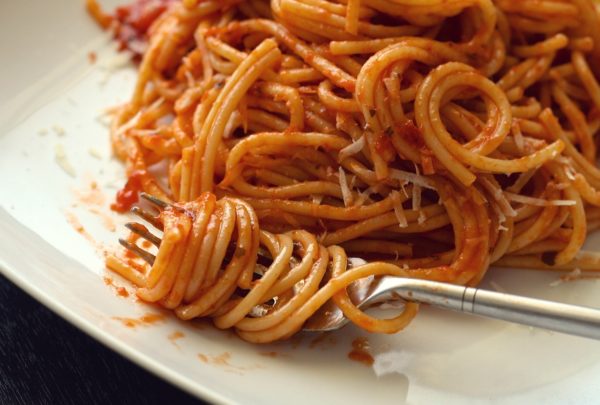
ponce_photography / Pixabay
6. Frozen Dinners. Often loaded with sodium.
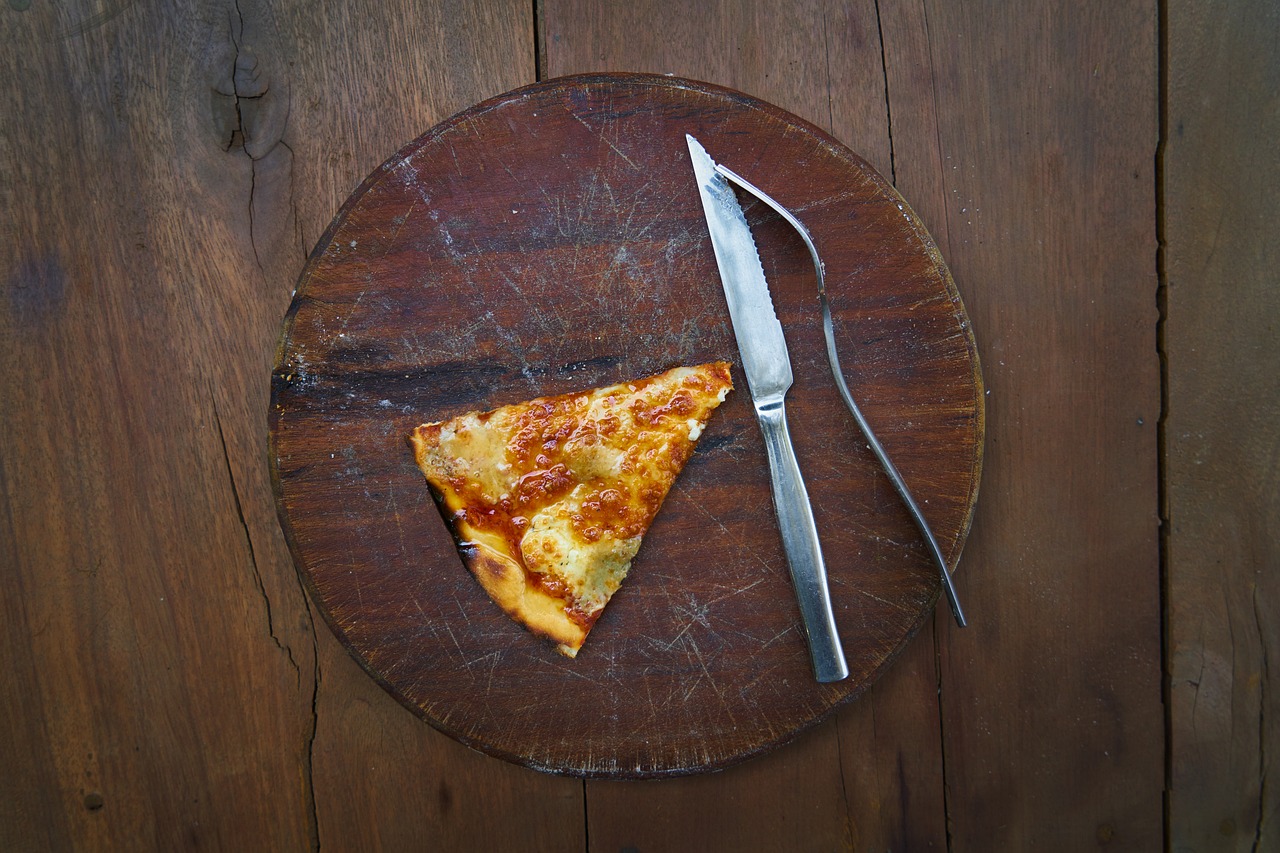
Engin_Akyurt / Pixabay
9. Breakfast cereal. Some brands of raisin bran have up to 250 milligrams of sodium per cup.
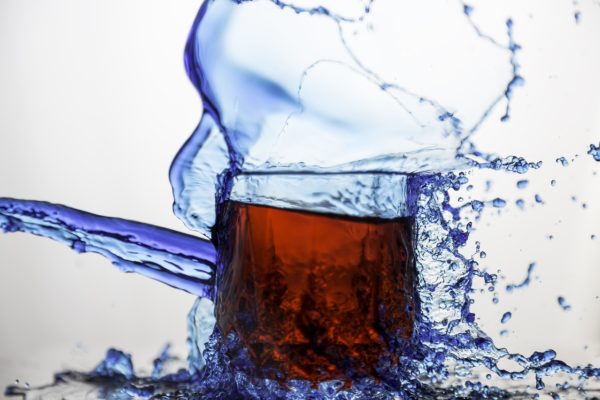
Pexels / Pixabay
About 80 percent of the sodium in American diets comes from processed and packaged foods. Even if you don’t taste it, the salt is there and even if you think you’re making a healthy choice because it says low-fat, it can be high in sodium. If you really want to lower how much you’re getting, you need to read labels carefully. Look for foods that say sodium-free or very low sodium. Here’s a simple chart to help you understand the terms.
Sodium content on food labels
| If it says | It means |
|---|---|
| Sodium free | Less than 5 mg per serving |
| Very low sodium | 35 mg or less per serving |
| Low sodium | Less than 140 mg per serving |
| Reduced/less sodium | At least 25% less sodium than regular product |

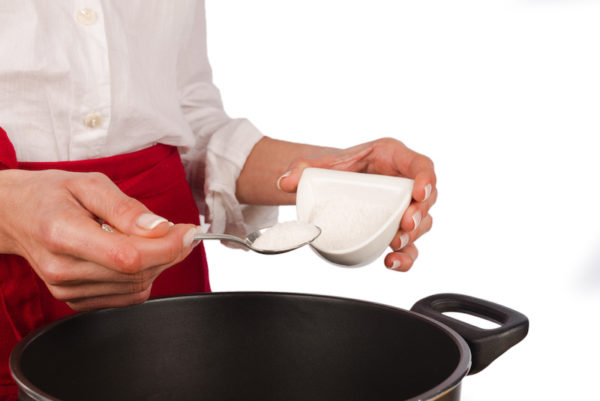
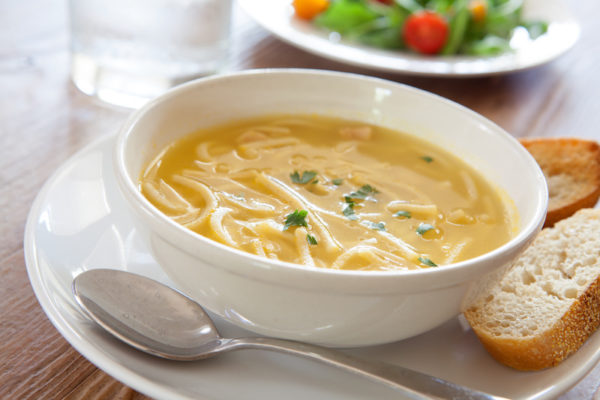
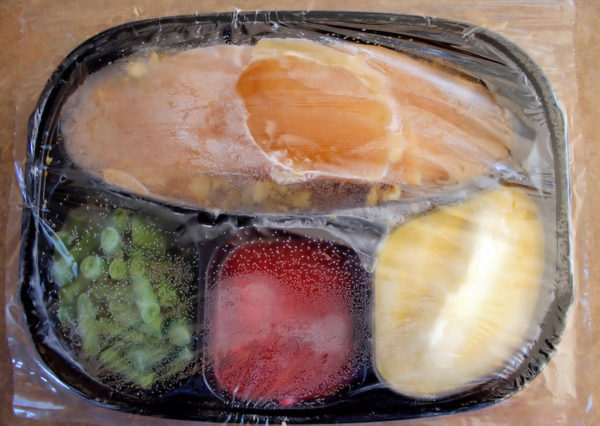
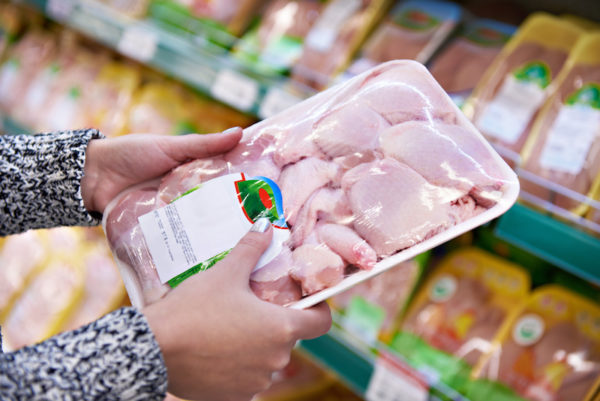
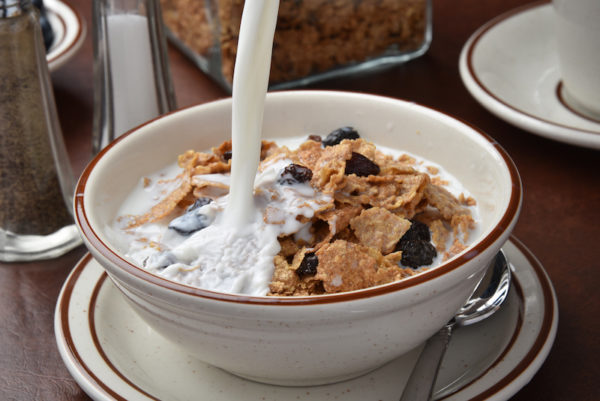
Leave A Comment